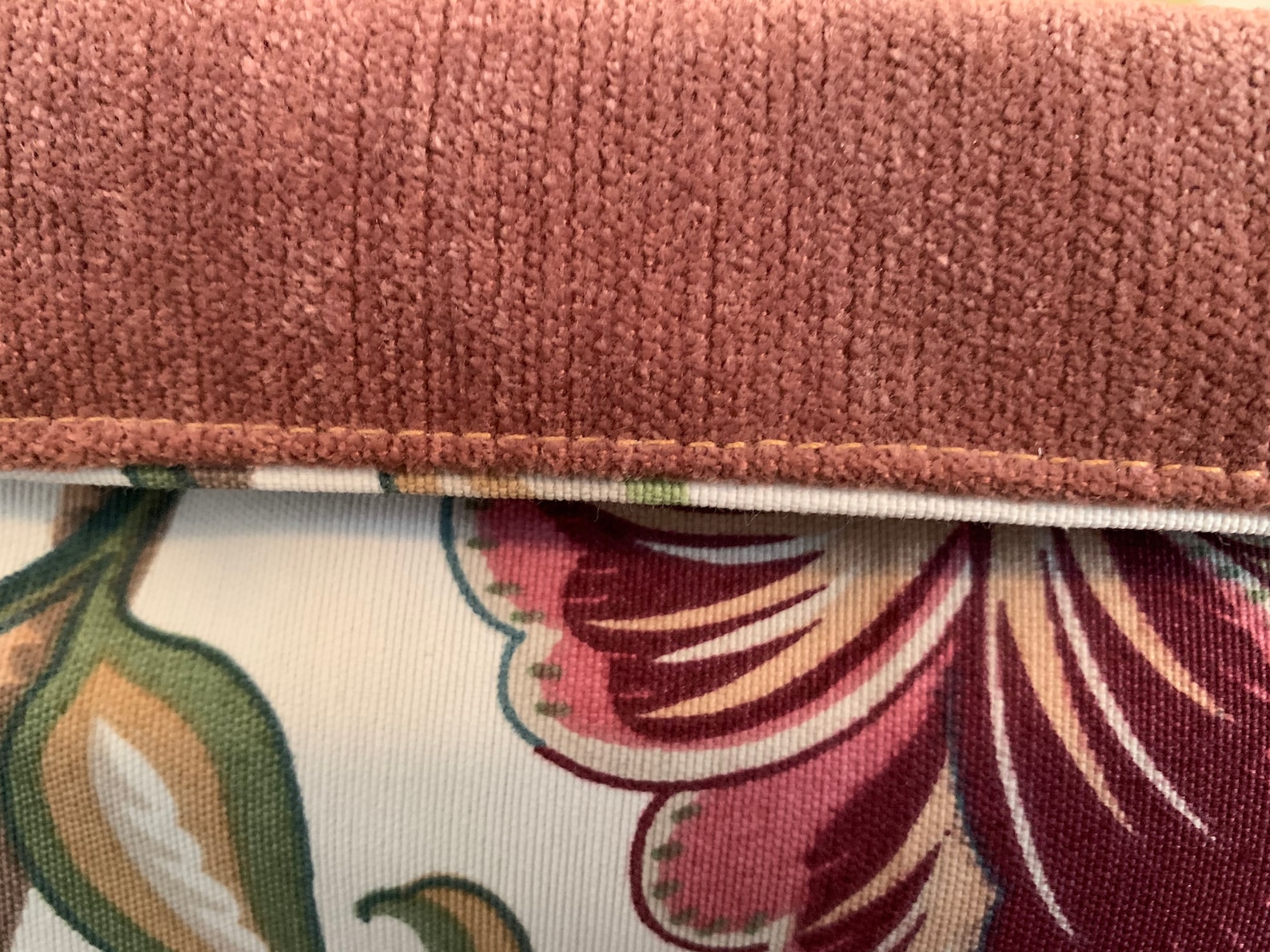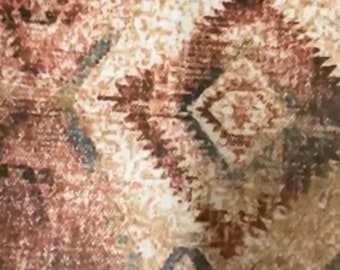Have you ever stopped to think about what makes up everything around us? It’s a pretty big question, isn’t it? We often talk about the universe as if it’s just empty space with stars and planets floating in it, but that's not the whole story. There's something more fundamental, something that seems to connect it all, often called the fabric of the universe.
This idea, the fabric of the universe, suggests a deeper structure. It's like a cosmic canvas upon which all of existence is painted. Many people wonder about this underlying structure, about how everything fits together. It's a question that has puzzled thinkers for ages, and it still fascinates us today, so.
Understanding this concept can change how you see the cosmos, actually. It helps us think about gravity, time, and even the tiny particles that make up matter. We're going to explore what this "fabric" might mean, drawing some simple parallels to things we know from our everyday world, like textiles, to make these big ideas a bit easier to grasp, you know.
- Unveiling Rainn Wilsons Fortune And Physical Attributes
- What Is Dark Soy Sauce
- Unraveling The Mystery Nicole Moraccini Missing Case Update And Biography
- Lone Star Western Decor
- Unveiling The Dynamics Of Heidi Swedbergs Net Worth From Rise To Fluctuations
Table of Contents
- What is the Fabric of the Universe?
- How Gravity Shapes This Fabric
- The Universe as a Grand Design
- Exploring the Unknown Parts
- Frequently Asked Questions
- Thinking About Our Place in the Cosmos
What is the Fabric of the Universe?
When we talk about the fabric of the universe, we're mostly thinking about spacetime. This idea comes from Albert Einstein’s work, and it changed how we see space and time. Before, people thought space was just a big, empty stage, and time was a separate clock ticking away, so.
But Einstein showed us that space and time are not separate at all. They are connected, like two sides of the same coin. They form a single, four-dimensional structure. This structure is what scientists often call the fabric of the universe, you know.
Spacetime: The Cosmic Weave
Think of spacetime as a vast, flexible sheet. It's not a physical sheet you can touch, but a way to imagine how space and time behave. This sheet can bend and curve. It's a bit like a trampoline, actually.
- Hopkins International Airport Cleveland
- Her Fantasy Box Wash
- Dji Action 5 Pro
- Michael Jackson Before And After
- Detroit Metro Airport Detroit Mi
When something heavy, like a planet or a star, sits on this trampoline, it creates a dip. This dip is what we experience as gravity. Other objects moving nearby will roll into this dip, and that's why they seem to be pulled towards the heavy object, very.
This concept of spacetime helps explain how gravity works. It's not a mysterious force pulling things. Instead, it's the effect of mass and energy warping the very structure of the universe around them. It's quite a profound idea, isn't it?
Just as a weaver uses different threads to create a cloth, the universe seems to use space and time to create its structure. This cosmic weave is always there, forming the background for everything that happens. It’s a pretty amazing concept, naturally.
Beyond Spacetime: Other Threads?
While spacetime is a major part of the fabric of the universe, some scientists think there might be more to it. They wonder if there are other fundamental components, like tiny, vibrating strings in string theory, or perhaps even a quantum foam at the smallest scales, apparently.
These ideas are still being explored. They try to explain things that spacetime alone can't quite cover, like what happens at the very center of a black hole or what the universe was like at the very beginning. It's a vast field of ongoing research, you know.
Just as there are many kinds of quality fabrics, like linen, wool, silk, and velvet, maybe the fabric of the universe has different textures or properties at different scales. Each type of fabric has its own feel and use, and perhaps the universe's fundamental structure is similarly varied, so.
Scientists are always looking for new ways to understand these deeper layers. They use powerful tools and complex math to peek into the smallest parts of existence. It's a bit like trying to understand how a complex piece of drapery fabric is made, but on a cosmic scale, in a way.
How Gravity Shapes This Fabric
Gravity is a key player in how the fabric of the universe behaves. It's not just about things falling down. Gravity is about how mass and energy influence spacetime itself. This influence is what shapes the large-scale structures we see in the cosmos, you know.
Without gravity, the universe would look very different. Stars wouldn't form, galaxies wouldn't hold together, and planets wouldn't orbit their suns. It's a fundamental force that molds the cosmic material, pretty much.
Mass and Its Influence
Every object with mass, no matter how small, creates a tiny warp in spacetime. The more mass an object has, the bigger the warp. A small pebble creates a tiny dimple, but a huge star creates a deep well. This is how gravity works, essentially.
This warping effect is why Earth orbits the Sun. Earth isn't being "pulled" by an invisible rope. Instead, it's following the curves that the Sun creates in the fabric of spacetime. It's like a marble rolling around the edge of a funnel, so.
This understanding helps us predict how celestial bodies move. It's a powerful idea that has been tested many times and proven accurate. It shows us that the universe isn't just a collection of objects, but a dynamic system where everything interacts with the underlying structure, you know.
Ripples in the Cosmic Material
Just like dropping a stone into a pond creates ripples, massive events in the universe can create ripples in the fabric of spacetime. These ripples are called gravitational waves. They are like cosmic vibrations, traveling outwards at the speed of light, apparently.
Scientists have actually detected these waves. They come from incredibly powerful events, like black holes colliding or massive stars exploding. Detecting them gives us a new way to "hear" the universe and understand its most violent happenings, very.
These detections are a huge step in understanding the fabric of the universe. They confirm Einstein's predictions and open up new avenues for discovery. It's like finally being able to feel the vibrations of a distant drum, giving us more clues about the cosmic material, you know.
The Universe as a Grand Design
Thinking about the fabric of the universe also makes us consider its overall design. Just as different fabrics are used for different purposes – like drapery fabric for curtains or upholstery fabric for furniture – the properties of the universe's fabric allow for a huge variety of phenomena. This is quite interesting, anyway.
From the smallest particles to the largest galaxies, everything exists within and interacts with this fundamental structure. It's a system that allows for complexity and beauty to emerge, pretty much.
Different Components, Different Uses
Consider the many types of physical fabric available, from basics like muslin and gingham to more specialized ones like chenille or foam. Each has its unique properties and is used for specific projects, like quilting, décor, or apparel design. The universe's fabric, in a way, might be thought of similarly, so.
The different forces and particles in the universe could be seen as different "threads" or "components" of this cosmic fabric. Gravity, electromagnetism, and the nuclear forces all play their part. They allow for the formation of atoms, stars, and even life, actually.
This variety in the universe's components allows for a rich and diverse cosmos. It’s not a simple, uniform thing. It's complex and layered, with different properties at different scales, just like a well-stocked fabric store offers tens of thousands of options for various projects, you know.
From the Smallest to the Largest
The fabric of the universe influences everything, from the tiniest subatomic particles to the vast stretches of intergalactic space. It provides the stage for all cosmic events. It's the underlying reality that connects everything, you know.
For instance, the way light travels through space is affected by the curvature of spacetime. This means that light from distant galaxies can be bent around massive objects, creating cosmic lenses. This allows us to see things we wouldn't otherwise, in a way.
This interconnectedness shows how fundamental the fabric of the universe truly is. It's not just an abstract concept. It has real, observable effects on everything we see and experience. It's quite profound, really.
Exploring the Unknown Parts
Even with our current understanding, there are still many mysteries surrounding the fabric of the universe. Scientists are always pushing the boundaries of what we know. They are trying to figure out what else might be woven into this cosmic structure, very.
These unknown elements present some of the biggest challenges and opportunities in modern science. They keep us curious and drive new discoveries. It's a bit like searching for that perfect brand name fabric in stock online; sometimes you have to look for a while, you know.
Dark Matter and Dark Energy
Two of the biggest puzzles are dark matter and dark energy. We can't see them directly, but we know they are there because of their effects on the universe. They seem to make up most of the universe's mass and energy, apparently.
Dark matter seems to provide extra gravity that holds galaxies together. Without it, galaxies would spin apart. Dark energy, on the other hand, seems to be causing the universe to expand at an accelerating rate. These are huge parts of the fabric that we still don't fully grasp, so.
Understanding these mysterious components is a major goal for scientists today. They are trying to find out what they are made of and how they fit into the overall picture of the fabric of the universe. It's a fascinating area of research, you know.
The Search for a Unified Theory
Scientists are also working towards a "theory of everything." This would be a single framework that explains all the forces and particles in the universe. It would show how everything, including gravity and the quantum world, fits together within the fabric of the universe, you know.
This quest is like trying to find the ultimate pattern that connects all the different types of fabric and their uses. It's a huge challenge, but if successful, it would give us an incredibly deep understanding of reality. It's a goal that drives many brilliant minds, pretty much.
The search for this unified theory involves looking at the universe from new angles and using new tools. It's a continuous process of discovery, much like how online fabric stores constantly update their selections to find the best options for customers, in a way.
Frequently Asked Questions
Many people have questions about the fabric of the universe. Here are a few common ones:
What is the fabric of the universe made of?
The primary component we understand is spacetime, which is a combination of space and time. It's not made of traditional matter, but it's a fundamental aspect of reality that can be warped by mass and energy. Scientists are still exploring if there are other fundamental constituents, so.
Can the fabric of the universe be torn?
While the fabric of the universe, meaning spacetime, can be extremely warped and stretched, like near black holes, the idea of it "tearing" in a literal sense is not something we fully understand. Extreme events might create conditions where our current physics breaks down, but it's not like ripping a piece of cloth, you know.
How does the expansion of the universe relate to its fabric?
The expansion of the universe means that the fabric of spacetime itself is stretching, carrying galaxies along with it. It's not that galaxies are moving through space, but that the space between them is growing. This stretching is influenced by dark energy, which is a mysterious component of the fabric, apparently.
Thinking About Our Place in the Cosmos
Reflecting on the fabric of the universe can be a truly humbling experience. It reminds us that we are part of something incredibly vast and intricate. Our existence is woven into this cosmic structure, and we are constantly interacting with it, you know.
Just as we might choose quality fabrics for important projects, the universe seems to have its own kind of quality in its fundamental makeup. This allows for the incredible diversity and complexity we see around us. It's truly amazing, very.
Understanding these big ideas helps us appreciate the world and the cosmos in a deeper way. It encourages us to keep asking questions and to keep exploring. There's so much more to learn, and that's a wonderful thing, so.
If you're curious about more cosmic wonders, you can learn more about fundamental physics on our site. Also, check out this page exploring the latest space discoveries for more insights. The universe is always revealing new secrets, and we're here to share them with you, pretty much.
The journey to understand the fabric of the universe is an ongoing one, with new discoveries happening all the time. Just as you can find the best selection of fabrics and shop with confidence, you can approach the universe with a sense of wonder and trust in the scientific process, you know. Today, we continue to build on the knowledge of generations, adding our own threads to the great cosmic story.
Related Resources:



Detail Author:
- Name : Marques Casper
- Username : henry.wisoky
- Email : delmer11@yahoo.com
- Birthdate : 1982-08-23
- Address : 86254 Percy Stravenue Letitiaside, MO 53076-0548
- Phone : 806-504-2856
- Company : Keeling-Boehm
- Job : Dentist
- Bio : Et voluptates minus alias ab aut culpa. Quo itaque quia eius est. Ratione id veritatis fugit accusantium vitae voluptatem.
Socials
facebook:
- url : https://facebook.com/kayden5452
- username : kayden5452
- bio : Dolor suscipit dolorum quod sit perspiciatis culpa.
- followers : 5318
- following : 1337
twitter:
- url : https://twitter.com/kaydenmayert
- username : kaydenmayert
- bio : Qui repellat autem libero labore sed qui. Voluptatem quia veritatis occaecati qui vero. Quam deleniti harum dolores nesciunt dolor.
- followers : 6402
- following : 1635